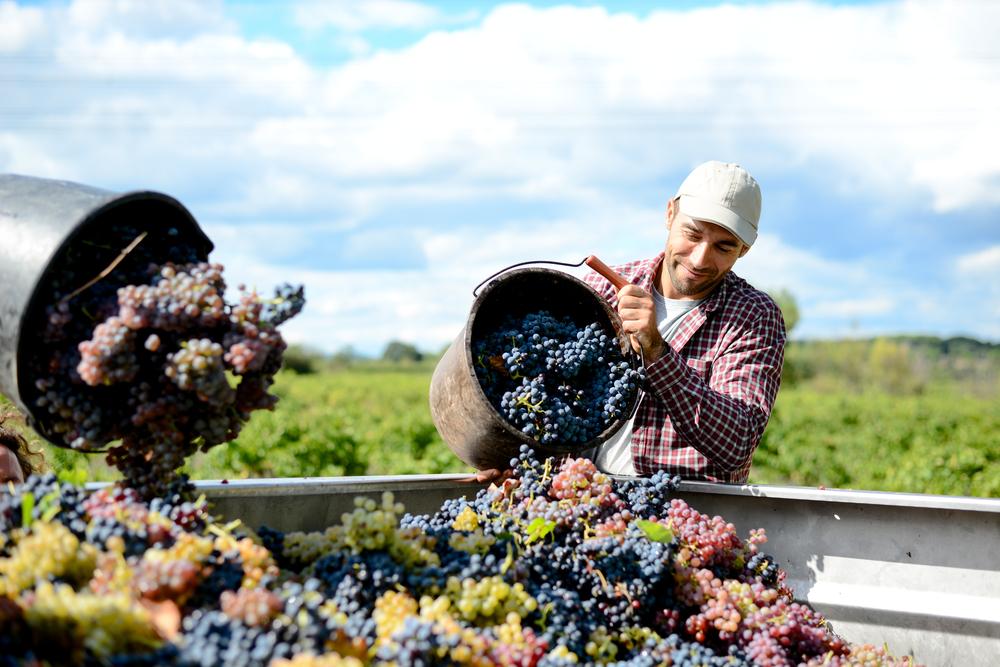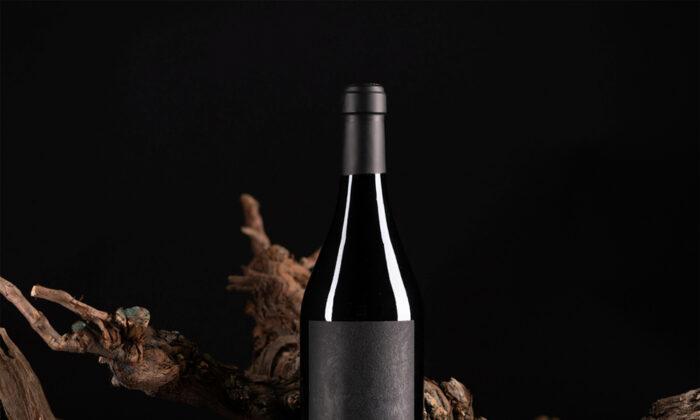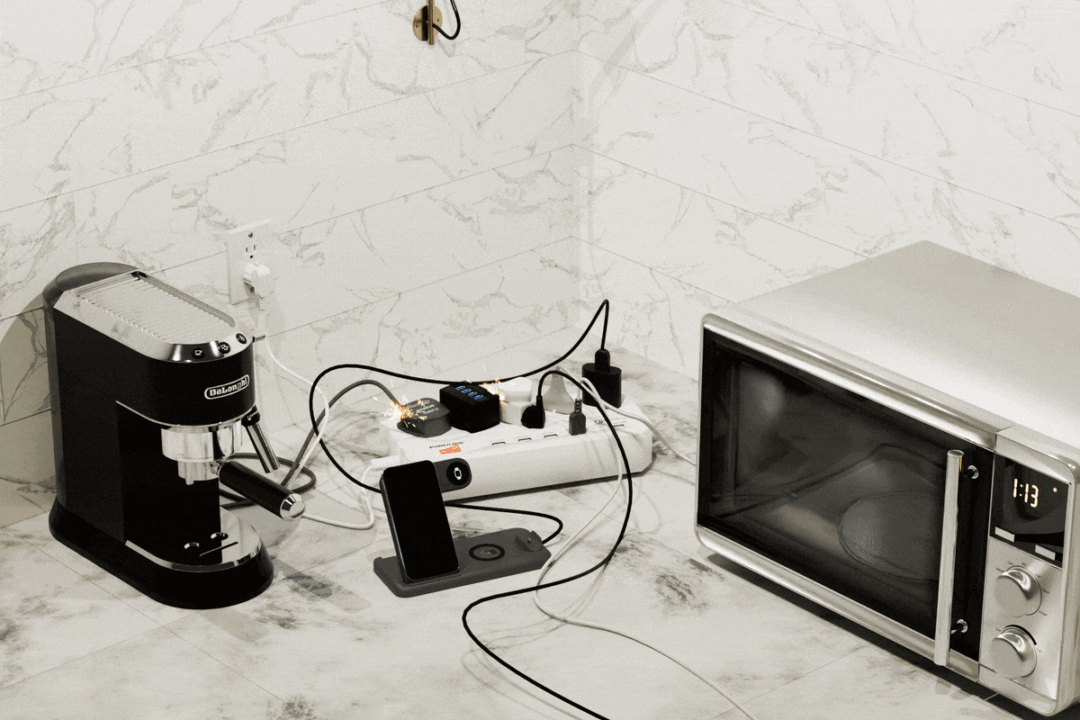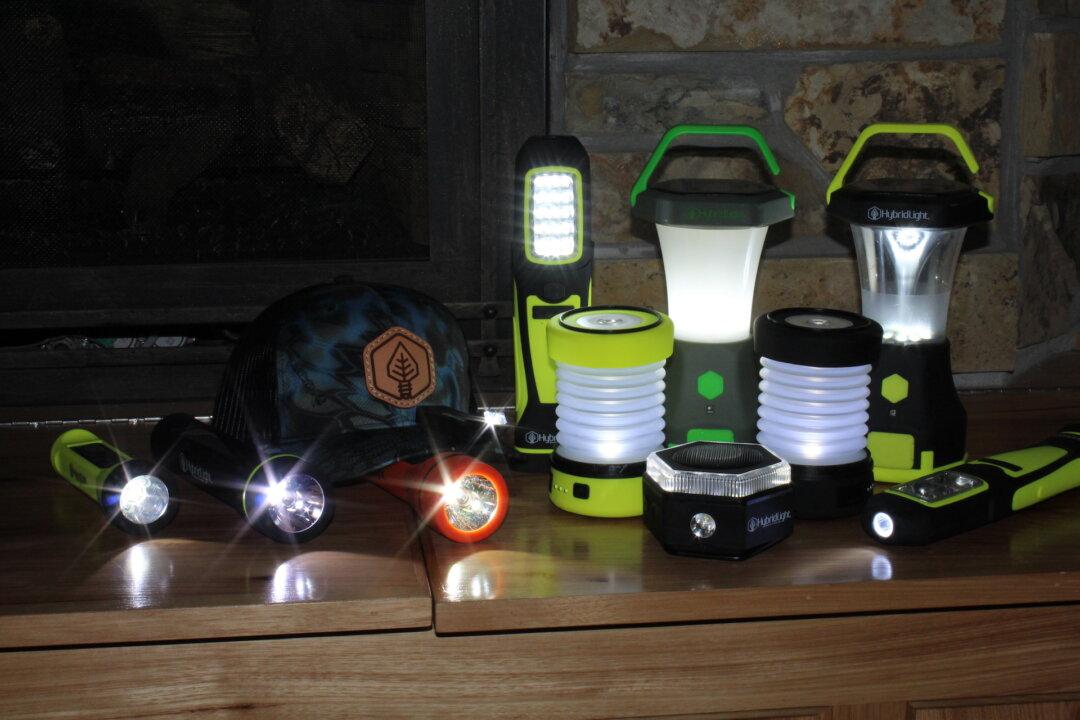To a passionate oenophile, making one’s own wine ranks high among life achievements but is often filed under “not likely to happen.” However, the good news is that this goal may be easier to attain than expected, as there are many options to consider that don’t require buying 1,000 acres of grapevines in Italy.
To start making wine, one must develop and then stick to a plan. But before the plan can be developed, there are questions to be answered that will help shape the overall project. The most important thing to decide is the volume of wine desired, followed by how much time and capital can be allocated to the project. If the answers are something along the lines of, “a few cases for personal consumption” and “a few hours per week and maybe a few hundred dollars,” the planning can then move forward. If the answers are “create a brand to be sold to wine lovers” and “as much time and money needed to make it a reality,” a very different plan will begin to take shape. The good news is there are no wrong answers—there are options for pretty much any level of commitment.
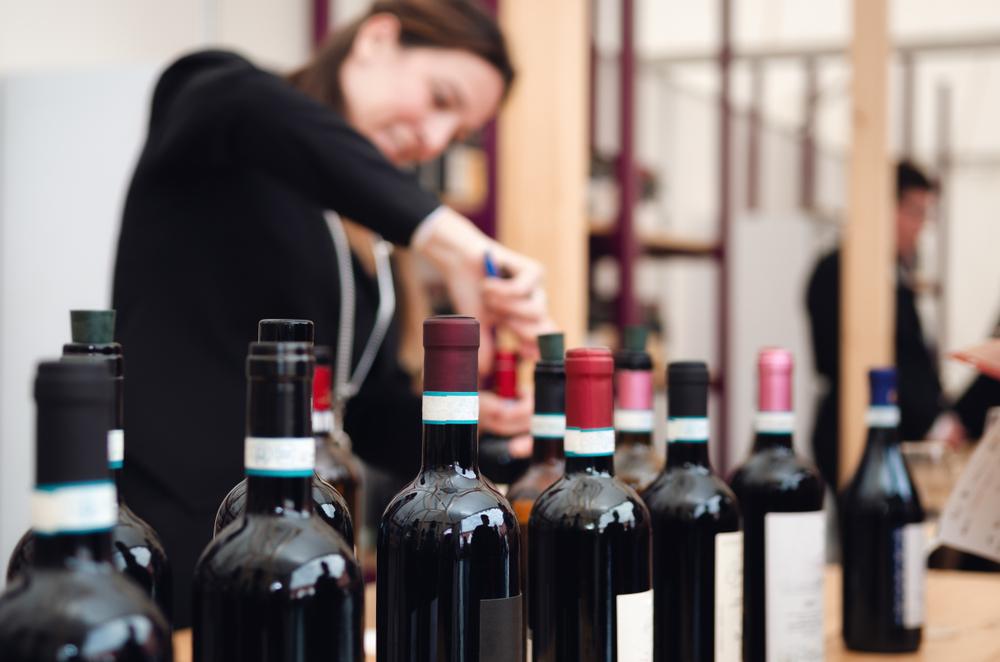
From the Ground Up
The most intense way to become a winemaker is to decide upon the desired wine to be produced, acquire acreage, plant the crops to be used, and process the harvest. Of these factors, the crop is the most critical. Most wine is made from grapes, but other crops can be used, from peaches to watermelons and more, as well as berries and even rice. This allows prospective winemakers to ply their craft even if they aren’t located in France, California, upstate New York, or other traditional wine-making locales.With the crop chosen, the next step is to make sure there is sufficient land to grow it. A rough rule of thumb calls for 20 pounds of grapes or fruit to produce each gallon of wine, so calculations must be run to determine how much land is required based on the typical yield of the chosen crop.
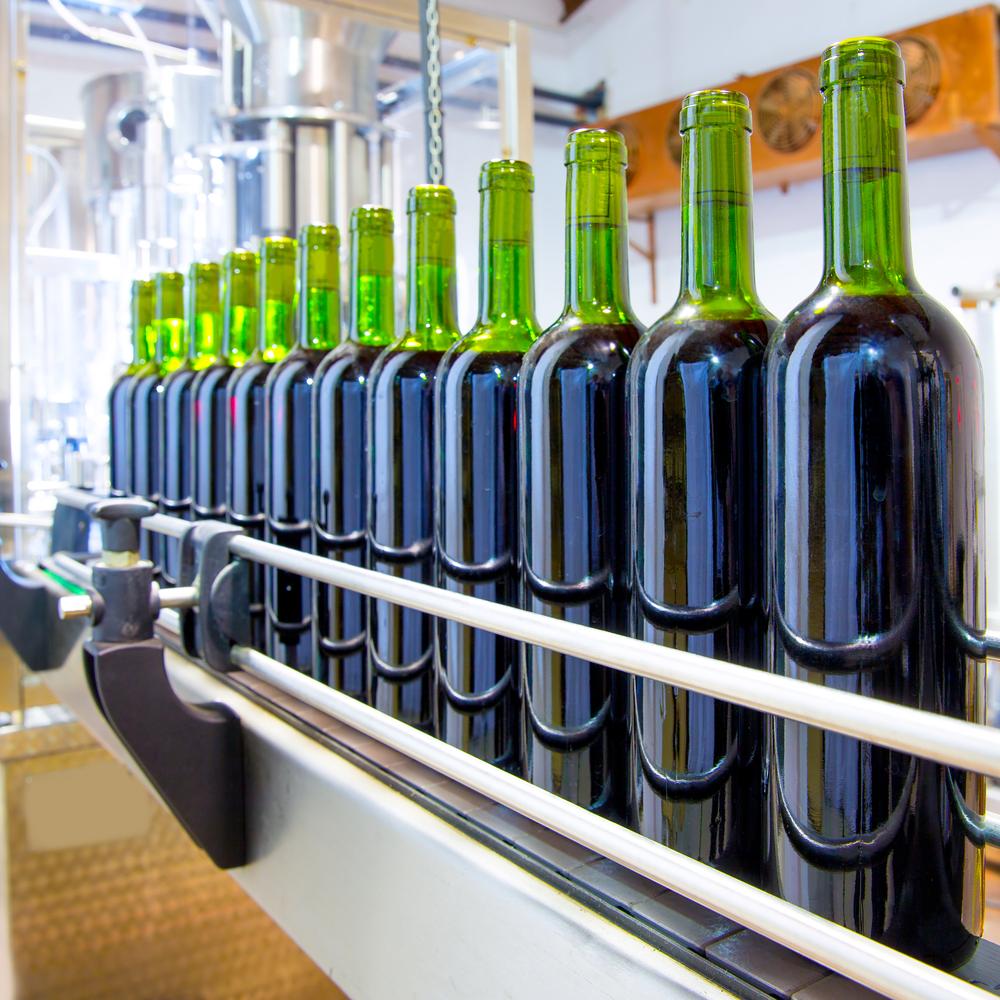

Someone Else’s Grapes
If growing the wine or fruit is not an option, there are other paths to becoming a winemaker. One is to buy grapes—or fruit—from a producer, and make the wine. This can be done by either leasing or owning a section of an established vineyard, having their personnel take care of everything up to and including the harvest, then taking delivery to make the wine. Winemakers can also simply buy the grapes.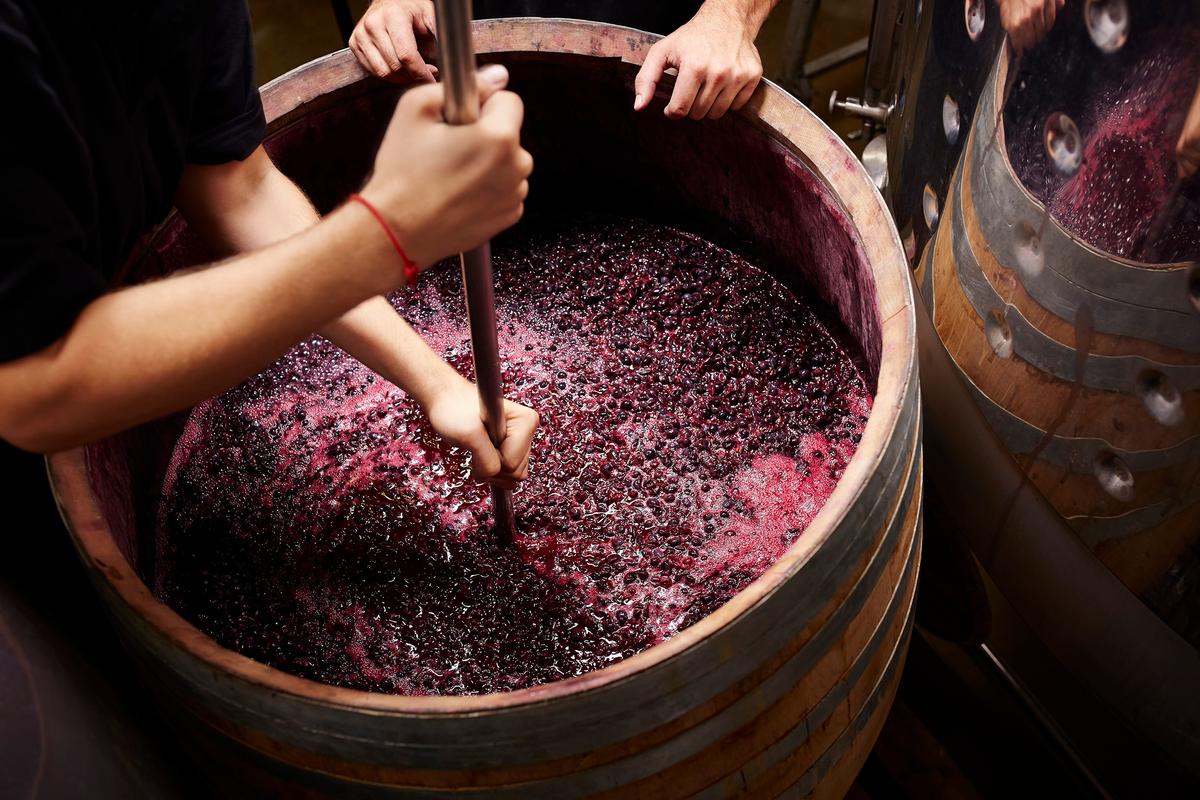
Yet another option comes in the form of a private label operation. In this process, the winemaker neither grows the crops nor makes and bottles the wine; a commercial winery does all the work, applying labels designed, created, and supplied by the “winemaker.” The resulting wines are sent to the winemaker to enjoy or distribute. This mostly hands-off process is the easiest way to become a winemaker, albeit at a relatively high cost per bottle.
Because it requires no involvement in the growing and production processes, the private label route is a practical way to create a custom brand, which is why many celebrities, restaurants, and retail merchants rely on it. The benefits include the ability to pick and choose the types of wine that will bear the label, changing it as desired. The downside is a lack of control over the finished product and potential negative reactions to the discovery that the winemaker didn’t actually make the wine.
